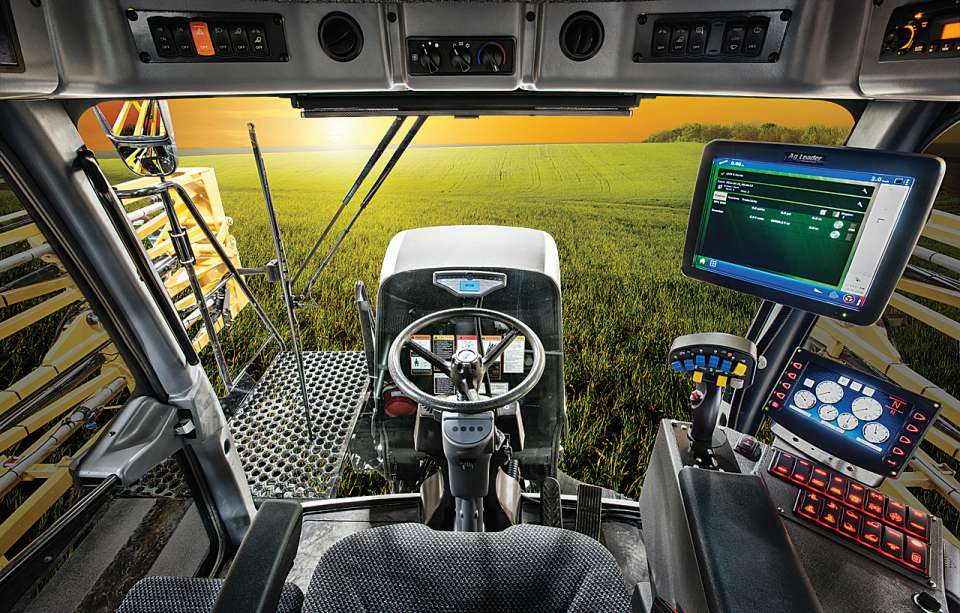
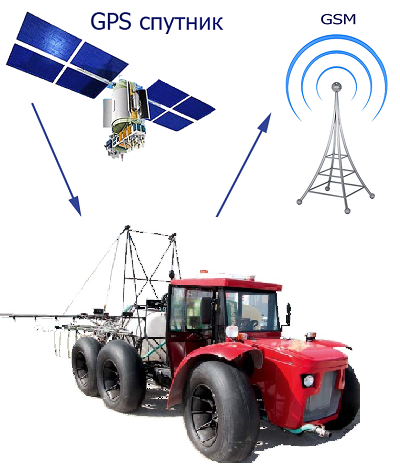 It should be recognized that without GPS technology, there is no exact farming at all. Since it became possible to determine the coordinates of technics in the field the precision agriculture begins. An important milestone was the improvement of the software, so that the driver could simply start the tractor and immediately start working. The successor of the GPS is the global navigation satellite system (GNSS). This voluntary association for today already more than 200 agencies that collect GLONASS data, GPS and other satellite navigation systems.
It should be recognized that without GPS technology, there is no exact farming at all. Since it became possible to determine the coordinates of technics in the field the precision agriculture begins. An important milestone was the improvement of the software, so that the driver could simply start the tractor and immediately start working. The successor of the GPS is the global navigation satellite system (GNSS). This voluntary association for today already more than 200 agencies that collect GLONASS data, GPS and other satellite navigation systems.
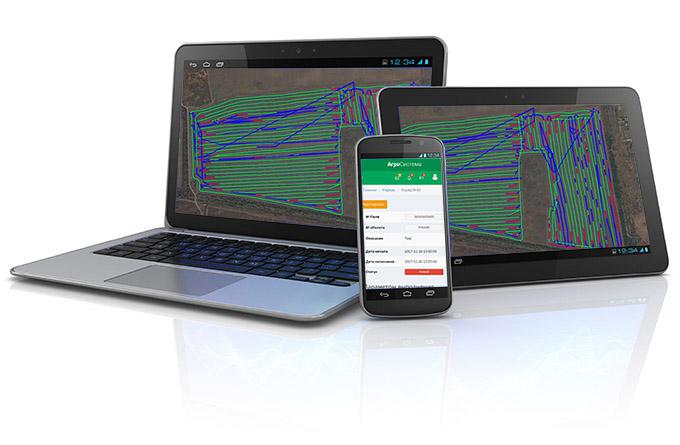 The number of mobile devices today exceeded the number of peoples on the planet. And it says a lot. From «simple phones» they evolved to the level of pocket personal computers. No matter whether it's a tablet or just a smartphone, the functionality of this class of devices has already been appreciated by many, and more and more manufacturers are guided by their capabilities.
The number of mobile devices today exceeded the number of peoples on the planet. And it says a lot. From «simple phones» they evolved to the level of pocket personal computers. No matter whether it's a tablet or just a smartphone, the functionality of this class of devices has already been appreciated by many, and more and more manufacturers are guided by their capabilities.
Drones, for monitoring of the field, can be equipped with a module that allows to interact with them using a smartphone. A field status report or processing results can also be displayed on the gadget's screen. Dr. Marina Barnes argues that work in this area should be according to «the rule of 20 minutes». If the data can not be viewed on the gadget within 20 minutes after they appear, then most likely they will not be viewed at all. This makes certain demands on software developers in this field.
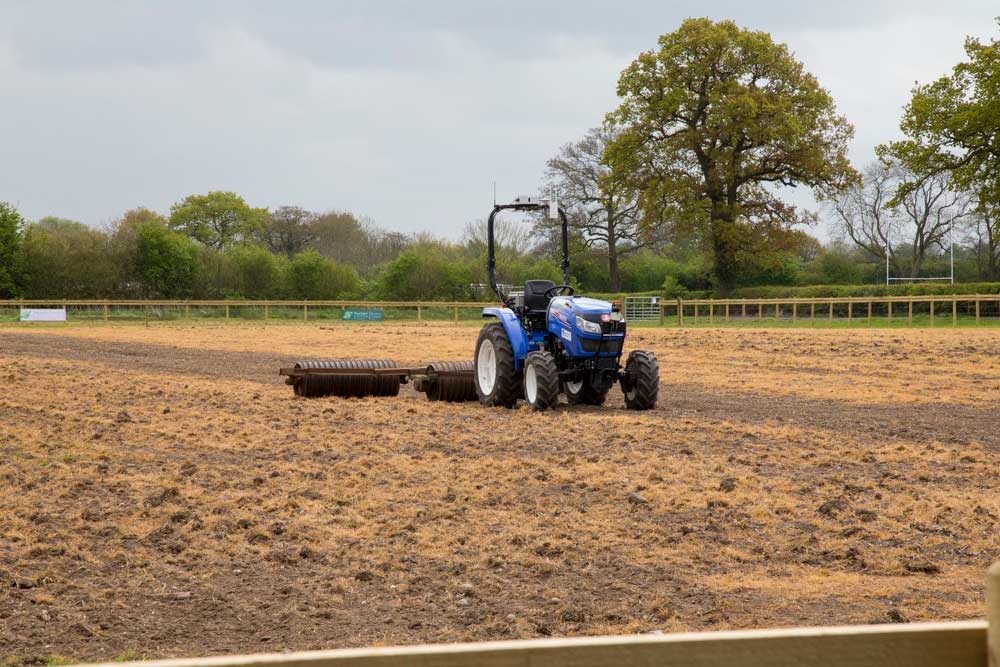 The appearance of robots in different spheres of agriculture is no longer surprising. With different success, but still robots are used to prune vineyards, tillage (unmanned tractors), work in greenhouses and so on. But today the question is already in a fundamentally new perspective – we need robots that effectively interact with each other and with the technics that controlled by people.
The appearance of robots in different spheres of agriculture is no longer surprising. With different success, but still robots are used to prune vineyards, tillage (unmanned tractors), work in greenhouses and so on. But today the question is already in a fundamentally new perspective – we need robots that effectively interact with each other and with the technics that controlled by people.
For example, Kinze specialists have developed a grain collector that automatically moves near the combine during the harvesting operations.
Development of AGCO Fendt Guide Connect-follower allows you to work in a field directly to two tractors – the first is controlled by a person, the second with the help of the indicated system goes side by side and performs the same operations. It turns out that something like the «human-driver clone» in the second tractor with one real driver.
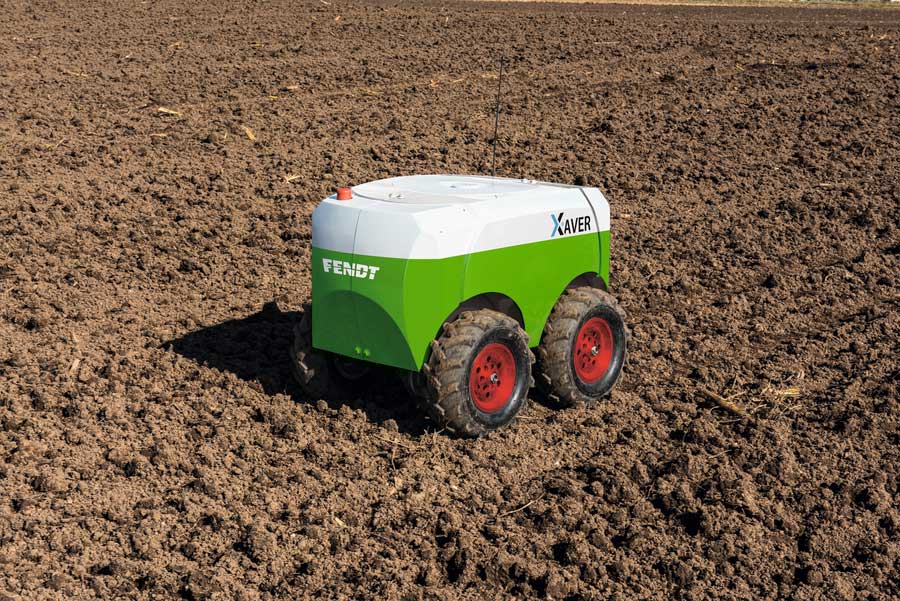 Another interesting project – MARS. A group of robots managed from one center is engaged in sowing seeds. And the system distributes for each robot zone of responsibility, depending on the type of seeds that are loaded into it and the areas where such seeds should be planted. In the event of failure of one of the participants, his zone of responsibility will be transferred to other robots. That is, we can already observe work on the principle of «flock of robots».
Another interesting project – MARS. A group of robots managed from one center is engaged in sowing seeds. And the system distributes for each robot zone of responsibility, depending on the type of seeds that are loaded into it and the areas where such seeds should be planted. In the event of failure of one of the participants, his zone of responsibility will be transferred to other robots. That is, we can already observe work on the principle of «flock of robots».
Unmanned robots seeders work quietly, can function at any time of the day, so show high performance and can be used for work even in sleeping areas of cities.
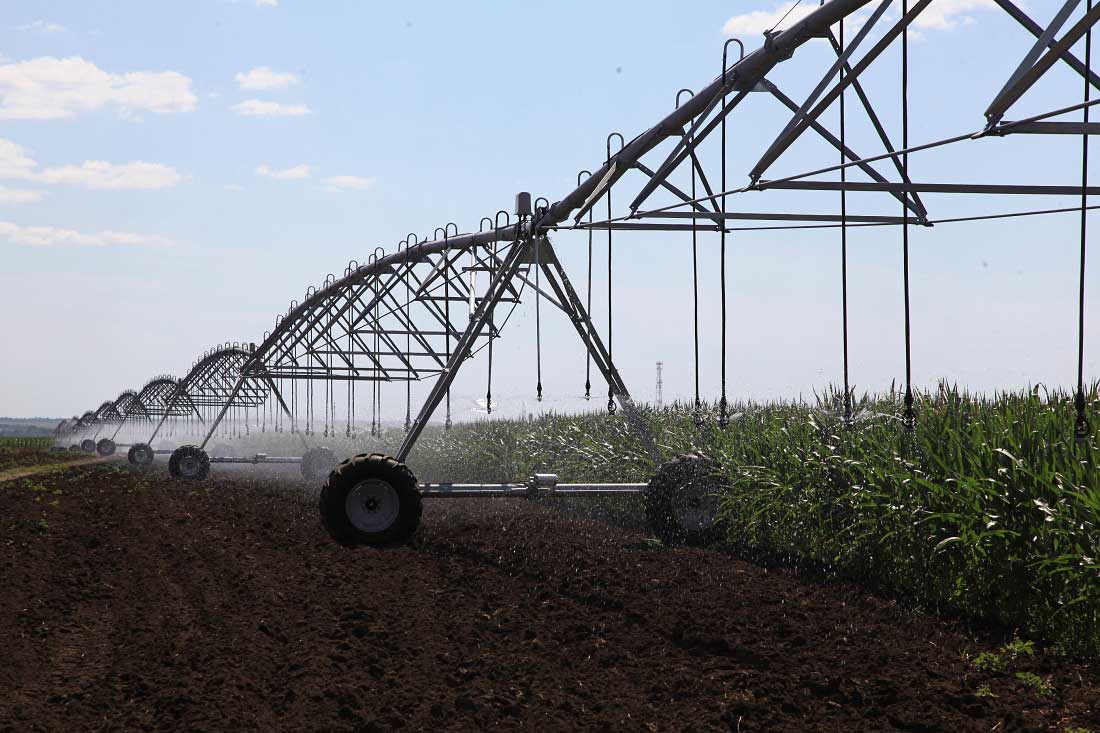 The traditional approach to irrigation is irrational. To supply water to the cultivated territory, energy is needed. If you feed water without taking into account the condition of the soil, then there will be areas of excessive watering and vice versa, less moisture. As with fertilizers, a more precise approach is needed. Technology Advancement and Adoption with Valley Irrigation will map the soil's need for irrigation. This approach will save on the use of water and energy.
The traditional approach to irrigation is irrational. To supply water to the cultivated territory, energy is needed. If you feed water without taking into account the condition of the soil, then there will be areas of excessive watering and vice versa, less moisture. As with fertilizers, a more precise approach is needed. Technology Advancement and Adoption with Valley Irrigation will map the soil's need for irrigation. This approach will save on the use of water and energy.
 By and large, the development of «the Internet of things» just repeats the concept already described in robotics – various devices, sensors and instruments must be integrated into a single system (a flocks of robots) for their interaction. This should improve their efficiency on the principle of «converting quantity to quality». As an example, you can remember the system «Smart home». Household appliances, temperature sensors, security system are united in a single system and create new opportunities for saving money (for lighting, heating, cooling).
By and large, the development of «the Internet of things» just repeats the concept already described in robotics – various devices, sensors and instruments must be integrated into a single system (a flocks of robots) for their interaction. This should improve their efficiency on the principle of «converting quantity to quality». As an example, you can remember the system «Smart home». Household appliances, temperature sensors, security system are united in a single system and create new opportunities for saving money (for lighting, heating, cooling).
As one of the options for data exchange, today is used LPWAN (Low Power Wide Area Network). This type of radio communication is designed specifically to work outside the city (when there are no usual wireless Internet options), and devices must communicate with each other on the radio channel at a sufficiently high data rate. The feature of LPWAN is high speed and low power consumption, which means a long period of operation from one battery charge. In addition, such a network can be deployed in any place where agricultural works are carried out.
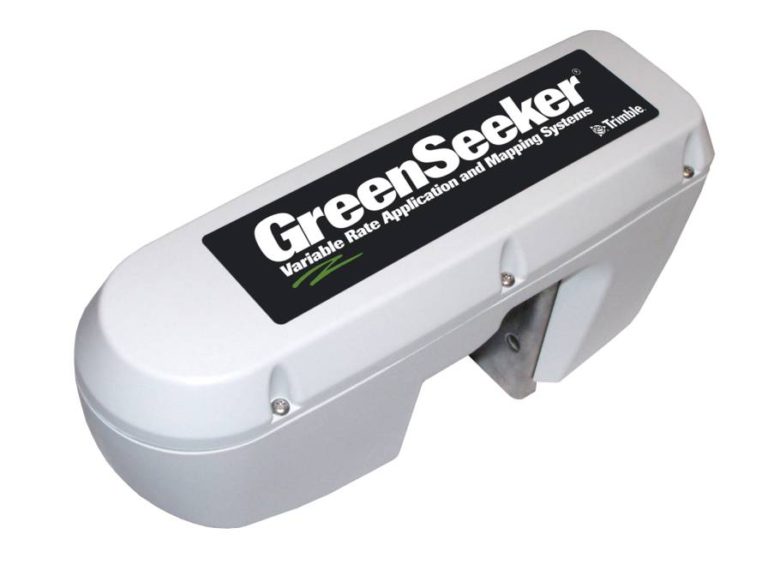 To reduce the number of wires and simplify installation work, wireless sensors are increasingly being used. They are ready to work immediately after installation on the equipment. If necessary, they can be easily removed, rearranged to another location.
To reduce the number of wires and simplify installation work, wireless sensors are increasingly being used. They are ready to work immediately after installation on the equipment. If necessary, they can be easily removed, rearranged to another location.
To date, the list of sensors that can operate in wireless mode, is very large. This is the detectors of soil water, soil density, leaf temperature, leaf area index, insect infestation, etc. WeedSeeker, a sensor for weeds, is particularly noteworthy in regions where many weed-resistant glyphosate herbicides are in presense. It is used for «aiming» when using herbicides on a spot.
The already known technology of applying liquid fertilizers with variable speed has received a «clone» in the field of sowing. Sowing with a variable rate should help farmers «squeeze out all the» from the territory they have. Theoretically, the technology should give the opportunity to sow faster and more accurately than it was possible without it.
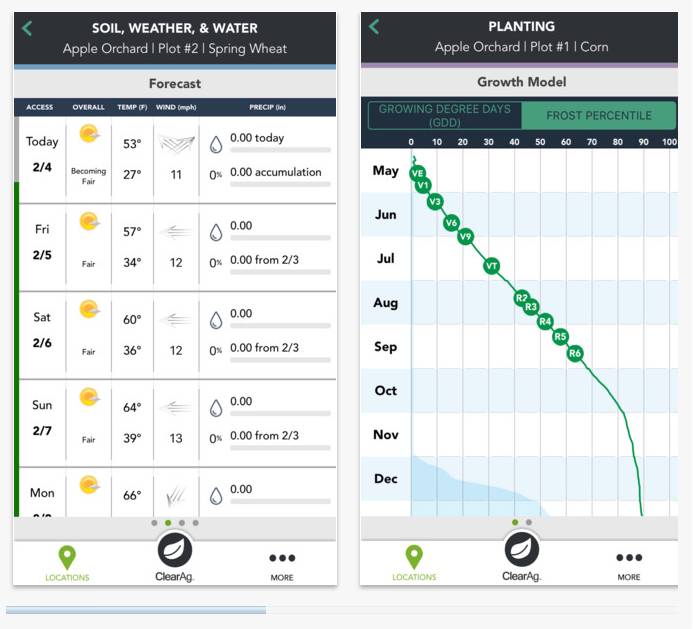 As it is funny, but for today there is no such important and at the same time unpredictable variable in the harvest formula, like the weather is. Ability to predict changes in weather conditions in the near future – pledge of a good harvest. When to start seeding? Will there be rain and when, and hence when can I use granular fertilizers? Whether it will be possible for technics to make work before the rain, how to deal with harvesting, and many other questions depend on the weather forecast. Heavy rains can prevent the harvesting of the ripe harvest or the introduction of fertilizers.
As it is funny, but for today there is no such important and at the same time unpredictable variable in the harvest formula, like the weather is. Ability to predict changes in weather conditions in the near future – pledge of a good harvest. When to start seeding? Will there be rain and when, and hence when can I use granular fertilizers? Whether it will be possible for technics to make work before the rain, how to deal with harvesting, and many other questions depend on the weather forecast. Heavy rains can prevent the harvesting of the ripe harvest or the introduction of fertilizers.
The recently demonstrated ClearAg platform has already proved effective in growing potatoes. Harvesting at a certain soil temperature was important for the preservation and transportability of the fruit. This platform replaced manual labor, which was previously necessary for assessing soil temperature.
The simple introduction of nitrogen fertilizers has already sunk into oblivion. The technology of entering with a variable speed will not surprise anyone. But today the question arises about the most effective use of nitrogen, for which it is necessary to accurately take into account its content in the soil. This is a correct determination of the content of all forms of nitrogen currently in the soil. Based on such data, it is already possible to make plans for introducing nitrogen fertilizers into the soil.
 The abundance of manufacturers of agricultural equipment has created such a problem as the need to unify the protocols of interaction of this equipment. Today, the ISOBUS protocol is gaining popularity. Already more than 170 companies participate in the development of this standard, but immediately it should be noted that it is paid standard. The CANopen protocol refers to free and has a high data transfer rate. Before developing of the equipment, the manufacturer must choose to which standard he will adapt it.
The abundance of manufacturers of agricultural equipment has created such a problem as the need to unify the protocols of interaction of this equipment. Today, the ISOBUS protocol is gaining popularity. Already more than 170 companies participate in the development of this standard, but immediately it should be noted that it is paid standard. The CANopen protocol refers to free and has a high data transfer rate. Before developing of the equipment, the manufacturer must choose to which standard he will adapt it.
Summing up, let's say that today there is still no single concept of automated agriculture. Emerging technologies simplify the life of employees in some areas of agriculture. The future will show exactly how the fully robotic farm will look like, but it is definitely clear that the elements of such a system are being created today.